
Fully Modulated
Fully Modulated is your backstage pass to the stories and signals that shaped radio, TV, and wireless communication. Join Tyler, a broadcast engineer, as he uncovers the wild moments, quirky legends, and technical breakthroughs that keep the world connected. From vintage radio hacks to the real drama behind today’s digital waves, each episode blends deep research, humor, and storytelling for anyone curious about how media magic happens. Independent, insightful, and made for every fan who loves a good broadcast mystery.
Fully Modulated
From Crackle To Clarity: The Rise And Fall Of AM Stereo
Forget the crackle. We dive into the secret life of AM stereo—the late-night rabbit hole that led us from a Wyoming station’s YouTube clip to the engineering that once promised FM-grade sound on an “old” band. We break down AM versus FM in plain terms, then follow the 1970s and 80s race among Motorola, Magnavox, Harris, and Khan to deliver true stereo on AM without abandoning listeners with mono radios. The result is a story of elegant design, messy standards, and a pivotal FCC misstep that left drivers and DJs caught between systems.
You’ll hear how C-Quam became the most practical path to AM stereo, why the Harris AMS G1 exciter made upgrades almost plug-and-play, and how a handful of stations proved music on AM could feel big, warm, and alive. We talk through the lawsuits, the car radio confusion, and the quiet truth that many “limits” of AM were set by policy choices and crowded dial conditions, not the raw capability of the gear. With real-world examples—from KEVA’s stereo oldies to pockets of Canada, Australia, and Japan—the episode paints a vivid picture of what might have been if the industry had moved faster and agreed sooner.
If you’ve ever wondered why AM sounds thin, or if it has to, this tour flips the narrative. Great processing, smart exciters, and clean spectrum can turn AM into a surprisingly immersive listen, especially for classic rock and soul that rely on stereo space. Stick around for a candid takeaway on timing, standards, and how technology wins only when it meets listeners where they are. If this story made you rethink AM radio, follow the show on Apple Podcasts or Spotify, drop a rating or review, and share your own radio memory—does your dial still hide a stereo surprise?
Send me a text message with your thoughts, questions, or feedback
Visible Wireless by Verizon
Same Verizon coverage, way cheaper bills. No contracts or hidden fees. $20 off for both of us.
If you enjoyed the show, be sure to follow Fully Modulated and leave a rating and review on Apple Podcasts or your favorite podcast app—it really helps more people discover the show.
Fully Modulated is not affiliated with or endorsed by any station, media company, or network. All opinions are solely my own.
Hey, welcome back to Fully Modulated. And let's be real for a second. If you grew grew up listening to radio, you probably think AM is the crackly buzz-filled band that you know plays talk shows, ball games, late night weather warnings, maybe uh a preacher on a Sunday morning. But here's the you know, here's here's what happened to me. I'm cruising through YouTube one night, not really searching for anything in particular, you know, that classic YouTube rabbit hole. And I get a recommendation for this clip. 1240 K E V A and AM stereo out of Eveston, Wyoming. Honestly, I'm expecting some typical AM fuzz. Instead, I hear music that makes me sit up straight. But it's not just clear, it's punchy and full and almost like listening to FM. So, you know, of course. I clicked another uh demo video and this one showing off C-QUAM AM stereo. Suddenly I'm hearing, you know, stereo coming off of AM radio. And it's it it's a wild it's wild in the best possible way. So, of course, I get curious. Why does this sound so good? And why in the world doesn't AM stereo exist everywhere? That kicks off an all-night deep dive. I swear I stayed up to like 1.30 in the morning. A real trip into radio's weird history, technical twist, and missed opportunities for AM stereo. And, you know, at this point, AM Stereo was mostly history. Nobody around me had it. Sometimes you'd see folks in radio forums swap stories about how great it was. Like a legend, a unicorn you heard about, but you know, never caught yourself. But after those YouTube clips, I wanted to know what the deal was. Why wasn't this the standard everywhere? And what happened to it? So here's the basics. AM and FM radio are like two totally different ways of getting sound from the station to your speakers. AM or amplitude modulation is the old school method. FM stands for frequency modulation. That's what you tune in for the big sound, stereo music, and minimal static. While, you know, FM could put music in stereo from early on, AM got stuck with mono for decades. That meant one channel, one speaker, fine for voices and sports, but kind of bland if you're a music fan. And way back in the 1950s, engineers already knew how to make AM stereo work. Picture it as the difference between listening to a band play live in front of you, in stereo, versus hearing it from just one tiny speaker, often uh distance, being mono. Problem was the people in charge didn't want AM stations to get any stronger. Especially since FM was still the underdog. So adding stereo to AM got shelved. Everybody focused on getting FM receivers in cars, pushing FM stereo at home, and the music audience slowly slid away from AM. But in the early 70s, FM was getting trendy. The record stores and the car junkyards were full of cassette decks and eight-tracks, you know, geared to FM. The whole world wanted music in stereo, not flat old school mono. AM kept playing music for a while, but was losing the battle for younger ears. FM became the spot for rock, pop, hip-hop, country. It was sound that, you know, quote unquote, filled the room. Companies like Motorola, Harris, Magnavox, Khan weren't ready to give up the fight just yet. Each built their own version of a stereo system for AM. Motorola C-QUAM, compatible quad rat what is it, quad rature amplitude stereo I'm screwing that up. Quadrature. Basically, that won the popularity contest over time. Put simply, C-QUAM was a smart way of combining both left and right channels into a regular AM signal. So anyone with one of those fancy stereo radios could hear real stereo, and the folks with the old radios didn't get left out, sort of being backwards compatible. All the cool stereo stuff hid in a second layer, invisible unless you had the right kind of radio. Sort of like today's HD radio. It's kind of like also, you know, sending uh a secret handshake along with the regular wave. You pick up both, but if your radio is old school, you just get the regular handshake. Obviously, this all sounds pretty clever, right? Until you hear it, I mean, it's astonishing. Each company wanted their system to be the one system. The FCC, after years of testing, picked Magnavox as their winner in the night in uh in the early 80s. That made everyone else furious, of course. Lawsuits cranked up. A few months later, the FCC threw up their hands and said, you know what, screw it, let the market figure this out. Well, the market mostly just got confused. Different stations went with different tech. Car companies built radios that only worked with some systems, and listeners kept hearing mono or got no stereo at all, depending on their gear. Dealers stopped stocking the fancy stereo models. By the time Motorola C-QUAM finally became the official US standard in 1993, most AM music stations had switched to talk, news, or sports anyway, so it didn't really matter. But let's get hands-on for a second. What did it take for a radio station to actually put out AM stereo? Enter the Harris AMS G1 exciter. No, not the sci-fi kind of exciter. This was a simple metal box that plugged into the main broadcast gear at the radio station. Its job was to take music and send that out in a special stereo format using Motorola's C-QUAM system. In other words, you could treat it like a magic box that flipped your station from an ordinary motto signal to full-on stereo. If your listeners owned the right kind of radio, they would get AM stereo. Engineers love these things because there was no rebuilding the studio from scratch. You'd run a couple of wires, turn a dial or two, and suddenly your old AM music show sounded bigger and richer than ever. The Harris box handled all the tricky bits, making sure the signal stayed clean, separating left and right sounds, and dealing with any weird quirks in the transmission system. It it worked with all kinds of music, talk and anything you tossed at it. If a station wanted to try stereo for a late night show and I don't know, stick to mono for news in the morning, it could just tap a button. It was that simple. The Harris AMS G1 and Motorola C-QUAM combo, it was kind of the dream t the dream team. You could go toe-to-toe with any FM station on sound quality, especially if your audience was close enough for a strong signal. But here's what happened. While this tech could have helped AM keep music relevant, of course it showed up a little too late. The years of confusion over which system to use mixed with all those format switches meant most music fans were, you know, they were already long gone. Even car companies dropped AM stereo on their radios. Since so few buyers asked for it and most stations had switched things up anyways. The problem wasn't the sound, it was just bad timing. Now, here's the part that nobody talks about. The limits on what AM can do. The teeny tiny sound, less bass, more static, those are mostly because of rules, not what the equipment can do. If you've got a station with a Harris exciter, a solid transmitter, and nobody else crowding the same frequency, AM stereo can blow you away. Seriously, it it competes neck and neck with FM, in my opinion. Stereo on AM isn't just good for AM, it's good, period. That's why those old demos online sound so surprising. So, you know, why don't we hear more AM stereo today? Well, there's a few diehard stations still playing music in stereo. You'd need the right kind of tuner, not just any old radio. The gear's rare and sometimes takes a little hunting to find. But when you do, it's a treat. Michael J. Richard, the guy from KEVA, you know, that station I mentioned earlier, dug up some old C-QUAM gear and got permission to hook it up to a station. For about a decade, they ran oldies and rock tunes in stereo, living proof that AM didn't have to be second class. The sound was good enough to grab the FM listeners. You know, if they gave it a chance, obviously. Around the world, Canada, Australia, Japan, there were still stations doing AM stereo, sometimes even using upgraded versions of the same old hardware. A few newer high-end receivers can decode it. But here AM is well, you know, mostly talk, sports, and news at this point. Let's uh let's step outside the studio for a second. Imagine you're somebody listening in your car. You're used to AMB for weather and sports. Then one night you catch a station playing classic rock and it sounds way better than usual. Maybe you switch the radio over to stereo mode, and you s and and you know, all of a sudden, that sound make you know, the song just pops. Like you're hearing live music in the front seat. Most people never got to hear what AM stereo could do, and that's a real shame. I've never heard it myself in person other than those demo videos, you know, I found on YouTube. Those YouTube clips aren't just relics for audio nerds. They're a snapshot of what AM could have been if all the right pieces lined up. Smart engineers, better timing, and a little luck from the FCC. It was a road not taken, mostly because nobody could agree on who could uh who should lead the way. Today, AM stereo is a hidden treat. Something you search out like vinyl collectors hunt for rare LPs. It isn't just nostalgia. Some hobbyists still run local AM stereo stations, and if you're lucky enough to live nearby, you'll catch that music alive and full, and not that thin scratchy AM sound that we typically hear. And one more one more fun fact for you those old Harris AMS G1 exciters could even be set up so that depending on the time of day, daytime versus nighttime settings, your stereo sounded clean with less noise even after sunset. It had clever circuits that kept music sharp and kept the signal under control. So, what do we take from this? Radio changes because people change. Tech grows, formats flip, companies jockey for, you know, their slice of the pie. But every now and then there's a solution that's genuinely great, even if it doesn't catch on. AM Stereo and gear like the Harris AMS G1 are those kinds of ideas. If you're into old school or just want to hear something different, try to find a station or a YouTube demo. There's nothing quite like getting that full sweep of a favorite song spilling out over a band most folks thought was long out of style. Alright, so let's wrap it up with a few thoughts. AM Stereo might uh never make a full comeback, but it's one of those things that proves radio is always surprising. Whether you're spinning the dial just to see what's on or geeking out with old gear in your garage, there's always something worth listening for. Thanks for sticking around for this expanded episode of Fully Modulated. If you like the stories, want to support what I'm doing, tap the the uh the follow button on Apple Podcasts or Spotify. Every rating or review helps. Got a radio memory yourself or just want to nerd out over old uh AM Tech, email me, Tyler at Fully Modulated.com. You can find me at Fully Modulated on Facebook and at Fully Modulated Pod on Instagram. This is Fully Modulated where the stories are infinite and the static is never just noise. Go see what's on your AM dial. You never know what gems might be waiting. Hey, quick heads up from a fellow phone bill hater. If you're tired of paying too much for your cell service, check out Visible Wireless. It's the real deal. Unlimited data, talk, text, and yes, even Hotspot, all running on Verizon's 5G and 4G network. Plan start at $25 a month with taxes and fees already included, no surprises, no games. Plus, you can bring your own phone and your phone number, or maybe grab a new one if you want. Super simple to sign up, and you can even activate via eSim if your device is compatible. Now, here's the kicker. If you use my special link, visible.fulymodulated.com, when you join, you'll get 20 bucks off your first month, and I'll get 20 bucks off. It's a total win-win. Now, this isn't some sponsored thing. It's just me sharing a hookup, my own referral code for you. Whether you're sick of big wireless or you just want to save some cash without losing coverage, visible makes it easy. Unlimited everything. No contracts and zero hidden fees. Seriously, why would you pay more? Visible.fulymodulated.com and start saving today.
Podcasts we love
Check out these other fine podcasts recommended by us, not an algorithm.

The Why Files: Operation Podcast
The Why Files: Operation Podcast
Sightings
REVERB | QCODE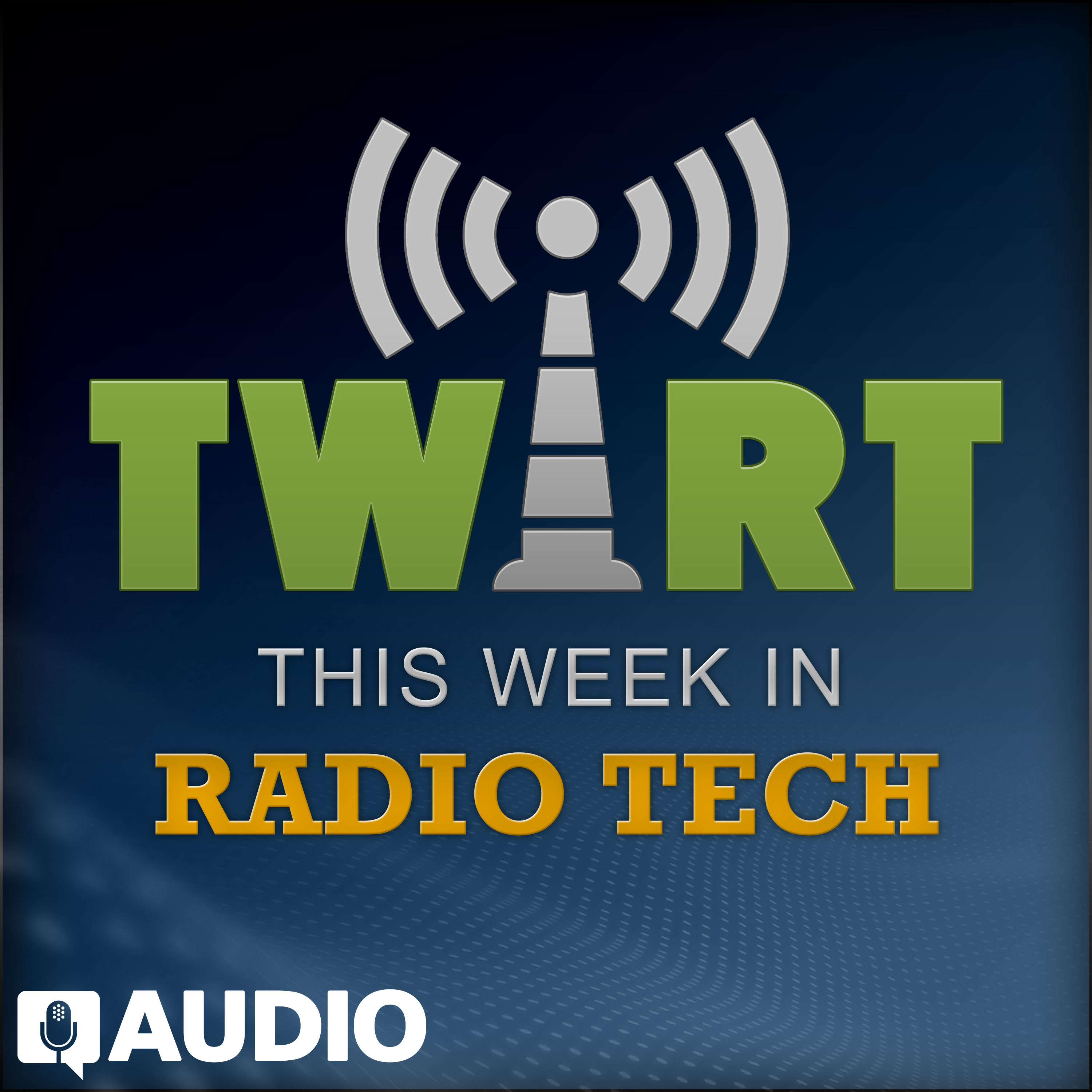
This Week In Radio Tech (TWiRT)
guysfromqueens
The Ezra Klein Show
New York Times Opinion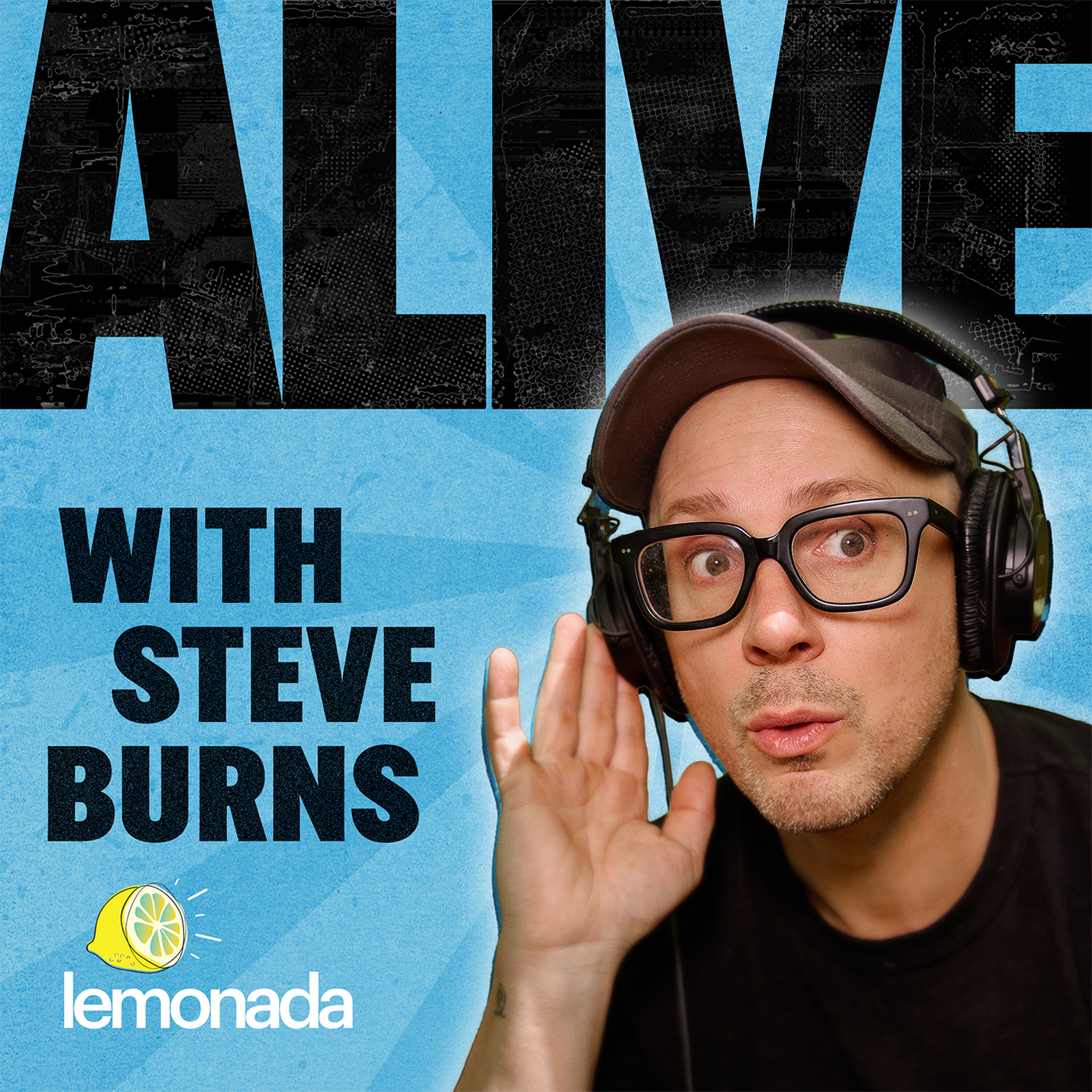
Alive with Steve Burns
Lemonada Media
Friends Who Pretend
Chris Bryant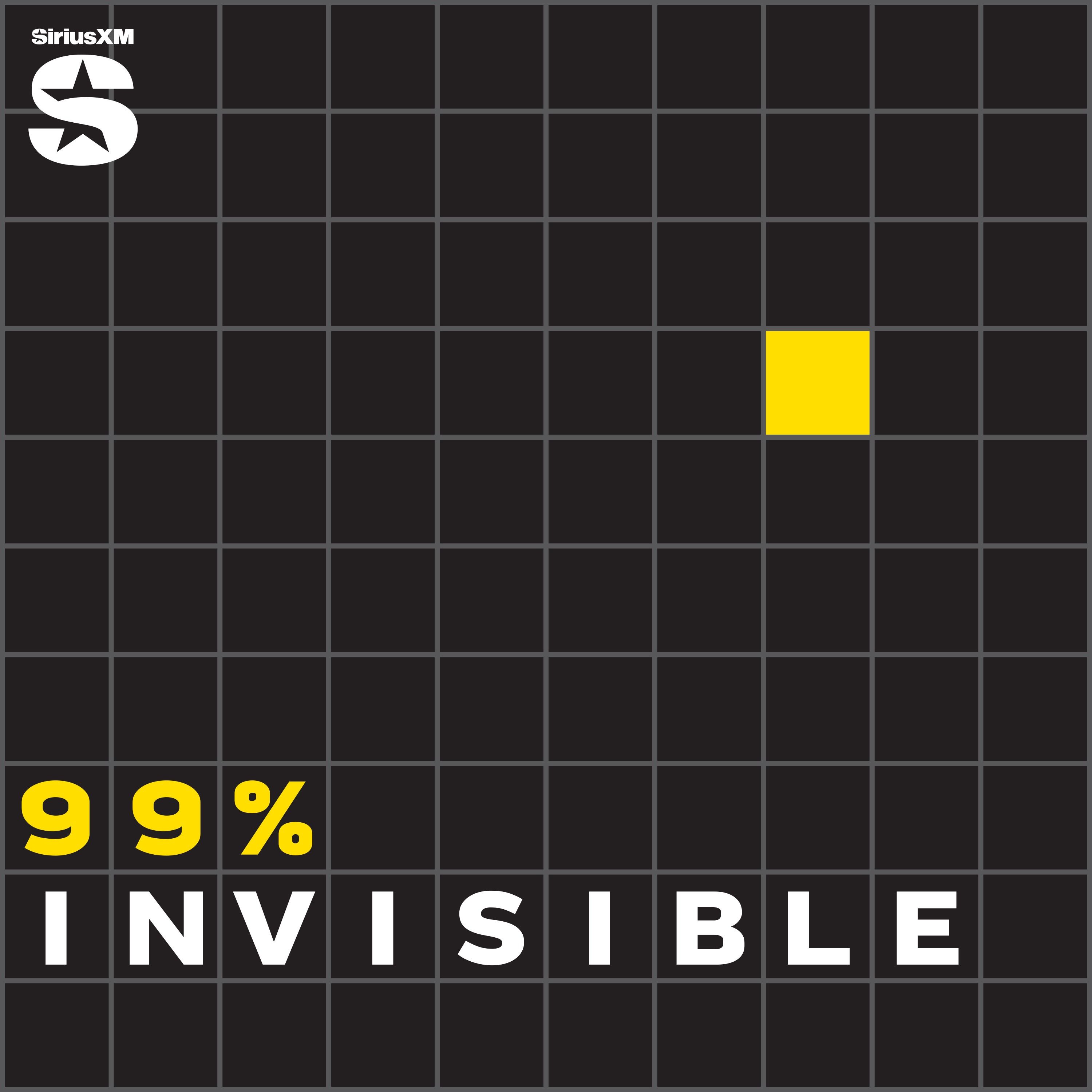
99% Invisible
Roman Mars
Hard Fork
The New York Times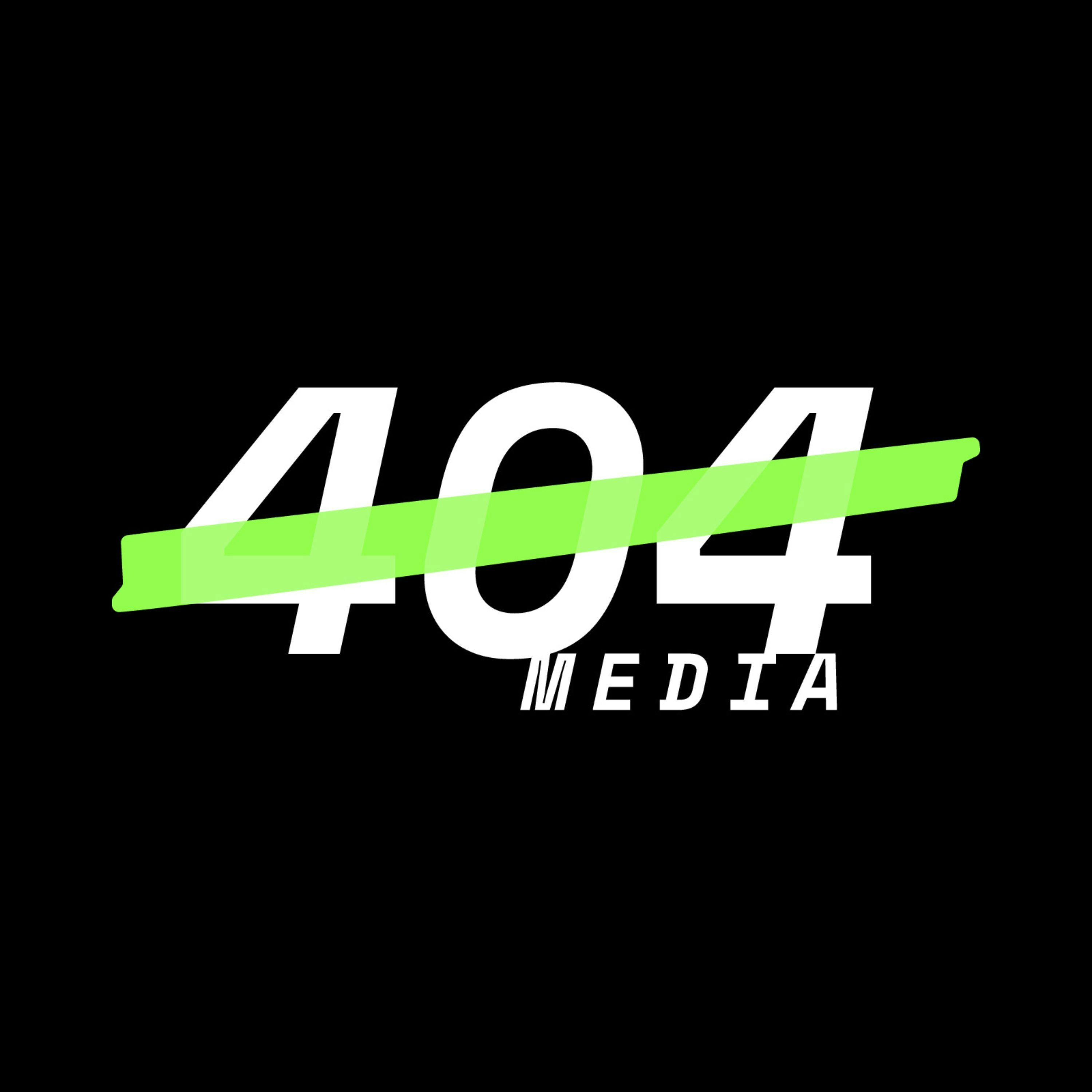
The 404 Media Podcast
404 Media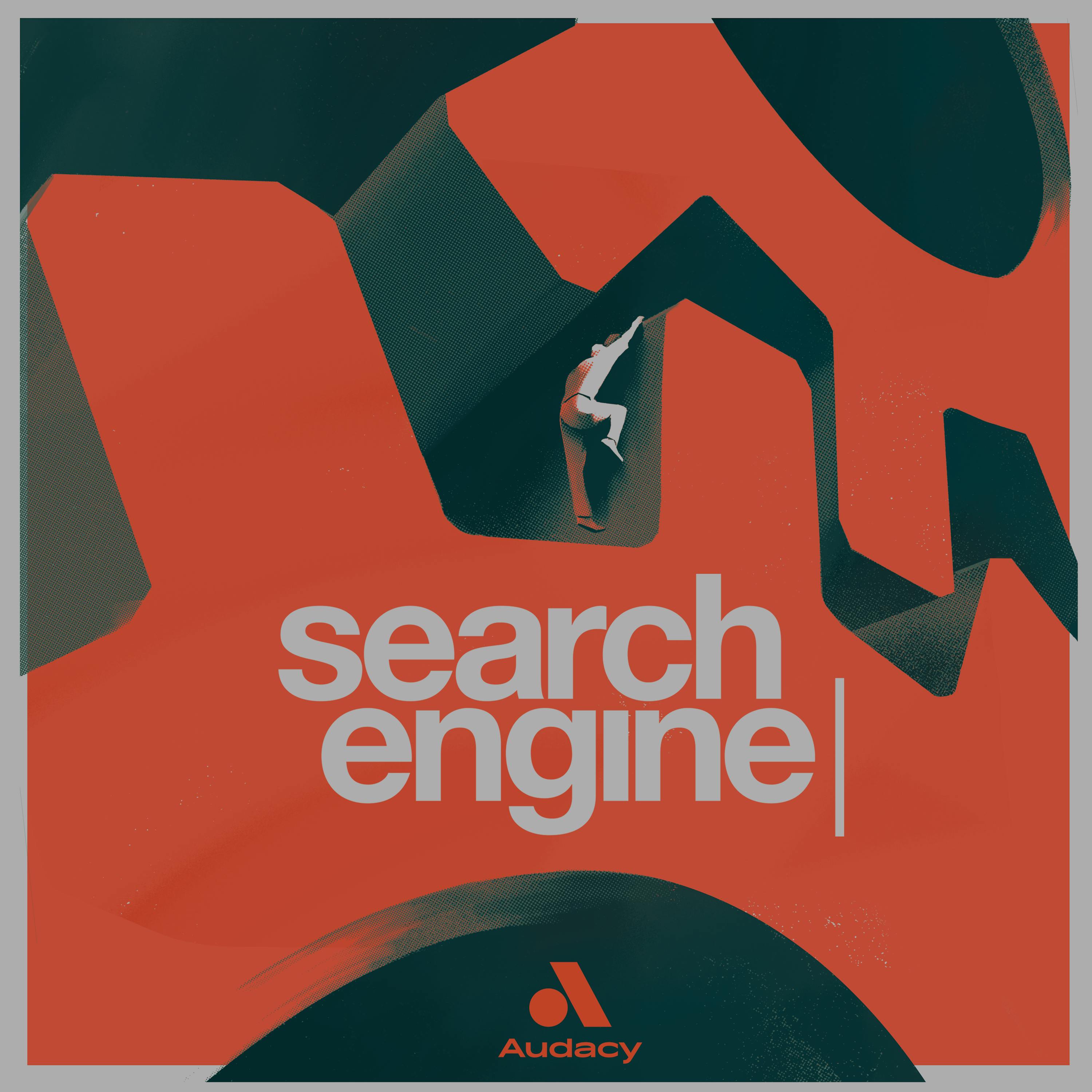
Search Engine
PJ Vogt
Pod Save America
Crooked Media
Darknet Diaries
Jack Rhysider
StarTalk Radio
Neil deGrasse Tyson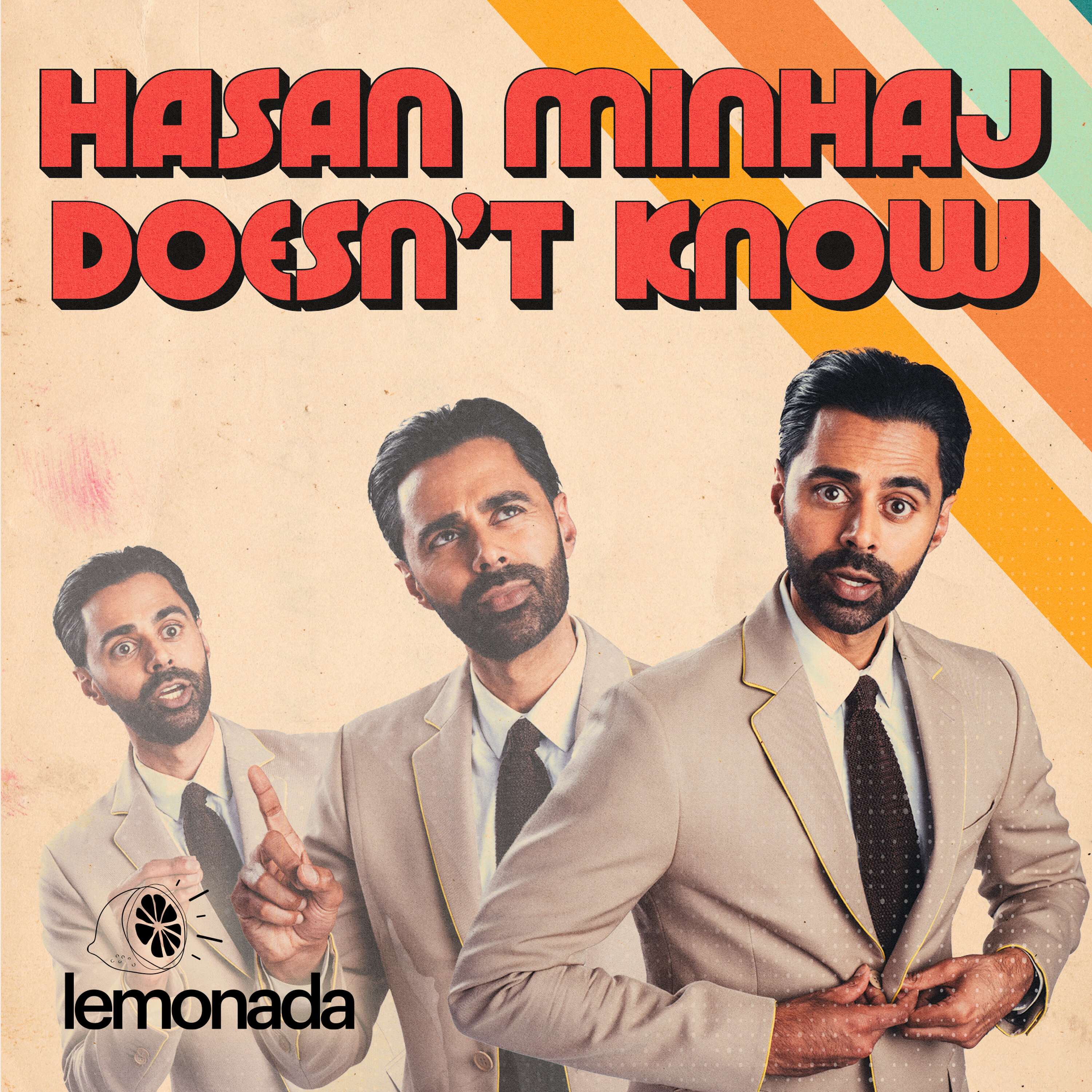
Hasan Minhaj Doesn't Know
186k FilmsTechdirt
Techdirt
IT Horror Stories
NinjaOne
